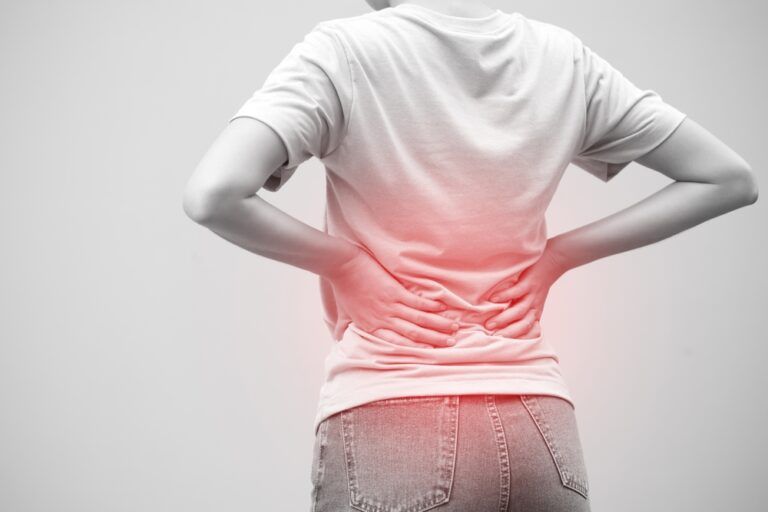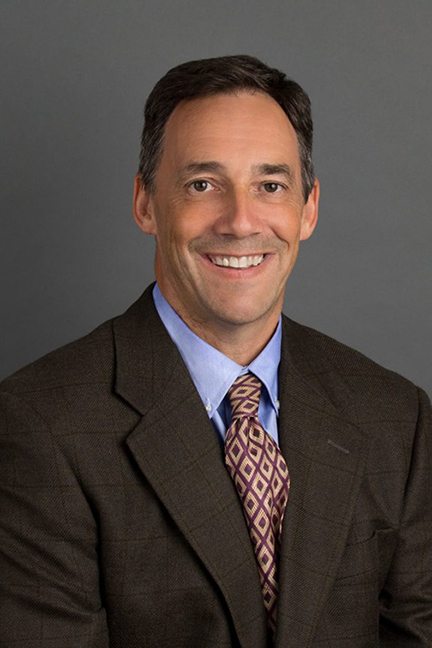Understanding Back Pain and Spinal Issues: Comprehensive Care at Space Coast Orthopedic

Back pain is a common issue that affects millions of people worldwide. It can range from a mild annoyance to a debilitating condition that significantly impacts daily life. In many cases, the source of the pain can be traced back to the spine, a complex structure that provides both support and flexibility to the body. At Space Coast Orthopedic in Merritt Island, FL, Dr. Luc Teurlings offers expert care to help diagnose and treat back pain and spinal issues, allowing patients to return to an active, pain-free lifestyle.
Common Causes of Back Pain
Back pain can stem from various causes, from lifestyle factors to structural issues in the spine. Below are some of the most frequent reasons patients experience back pain.
1. Herniated Discs
A herniated disc occurs when one of the discs that act as cushions between the vertebrae slips out of place or ruptures. This can put pressure on nearby nerves, leading to sharp pain, numbness, or weakness in the back and legs. Herniated discs are often caused by injury, age-related wear and tear, or improper lifting techniques. Symptoms may include:
- Radiating pain in the back, buttocks, or legs (sciatica)
- Muscle weakness
- Tingling or numbness in the legs or feet
2. Degenerative Disc Disease
Degenerative disc disease is a condition where the spinal discs gradually lose their flexibility and ability to cushion the vertebrae over time. As the discs degenerate, they can cause chronic back pain, stiffness, and reduced mobility. While this condition is often associated with aging, it can also be exacerbated by repetitive movements or injuries.
Common signs of degenerative disc disease include:
- Pain that worsens with movement or prolonged sitting
- Stiffness in the lower back
- Periodic flare-ups of intense discomfort
3. Spinal Stenosis
Spinal stenosis occurs when the spaces within the spine narrow, putting pressure on the spinal cord and nerves. This can cause pain, tingling, and numbness in the back and legs, and in severe cases, it can affect walking or balance. Spinal stenosis is most commonly seen in older adults as a result of osteoarthritis but can also be caused by other conditions like herniated discs or thickened ligaments.
Symptoms of spinal stenosis include:
- Pain or cramping in the legs when standing or walking
- Numbness or weakness in the legs
- Difficulty balancing or walking
4. Scoliosis
Scoliosis is a condition in which the spine curves abnormally to the side, resulting in an imbalanced posture and potential back pain. While scoliosis often develops in adolescence, it can also affect adults, particularly if the curvature worsens with age. In severe cases, scoliosis can limit mobility and cause discomfort in the lower back.
Signs of scoliosis may include:
- Uneven shoulders or hips
- Leaning to one side
- Back pain, especially in adults
5. Muscle Strains
Muscle strains are among the most common causes of back pain. They occur when the muscles supporting the spine are overstretched or torn, typically due to sudden movements, improper lifting, or overuse. While muscle strains are generally not serious, they can be painful and limit mobility.
Symptoms of a muscle strain include:
- Localized pain and stiffness
- Difficulty bending or moving the back
- Muscle spasms
Diagnosing Back Pain and Spinal Issues
Diagnosing the cause of back pain requires a thorough examination, often involving medical history, physical tests, and imaging studies. At Space Coast Orthopedic, Dr. Luc Teurlings uses advanced diagnostic tools, including X-rays, MRI scans, and CT scans, to pinpoint the source of the problem. Proper diagnosis is crucial to developing an effective treatment plan.
Treatment Options for Back Pain
Treatment for back pain and spinal issues varies depending on the underlying cause and severity of the condition. Dr. Teurlings offers a range of options tailored to each patient’s needs, from conservative approaches to advanced surgical techniques.
1. Physical Therapy and Exercise
For many patients, physical therapy is the first line of treatment for back pain. Through targeted exercises, physical therapy can help strengthen the muscles that support the spine, improve flexibility, and reduce pain. Physical therapy is especially effective for conditions like muscle strains, herniated discs, and degenerative disc disease.
A customized exercise plan may include:
- Stretching exercises to increase flexibility
- Strengthening exercises for core and back muscles
- Posture training to alleviate pressure on the spine
2. Medications and Injections
Medications such as non-steroidal anti-inflammatory drugs (NSAIDs) and muscle relaxants can help manage pain and inflammation. In cases where pain is severe or persistent, corticosteroid injections may be used to reduce inflammation and provide longer-lasting relief. These injections are often administered directly into the spine for conditions like spinal stenosis and herniated discs.
3. Chiropractic Care
Chiropractic care can be an effective treatment for certain types of back pain, particularly those caused by misalignments in the spine. Chiropractors use manual adjustments to realign the spine and relieve pressure on the nerves, which can reduce pain and improve mobility. This approach is commonly used for muscle strains and minor spinal issues.
4. Minimally Invasive Spine Surgery
For patients with more severe spinal conditions, minimally invasive surgery may be recommended. Dr. Teurlings is skilled in performing minimally invasive procedures such as discectomies (removal of a herniated disc) and laminectomies (removal of bone spurs or thickened ligaments causing spinal stenosis). These surgeries involve smaller incisions, less muscle damage, and shorter recovery times compared to traditional open surgery.
5. Spinal Fusion Surgery
In cases of advanced spinal degeneration or instability, spinal fusion surgery may be necessary. This procedure involves permanently connecting two or more vertebrae to stabilize the spine and reduce pain. Spinal fusion is often used for conditions like degenerative disc disease, scoliosis, or severe herniated discs that have not responded to other treatments.
Preventing Back Pain
Preventing back pain involves taking proactive steps to maintain spinal health. Here are some tips to help reduce the risk of developing back problems:
- Maintain good posture: Proper posture helps keep the spine in alignment and reduces strain on the back muscles.
- Exercise regularly: Strengthening the muscles that support the spine can improve stability and prevent injuries.
- Lift properly: When lifting heavy objects, bend your knees and keep your back straight to avoid putting excessive pressure on your spine.
- Stay active: Prolonged sitting can lead to stiffness and weaken the muscles that support the back. Take breaks and stretch regularly, especially if you work at a desk.
Moving Forward with a Pain-Free Back
Back pain can be a frustrating and limiting condition, but with the right diagnosis and treatment plan, relief is within reach. At Space Coast Orthopedic, Dr. Luc Teurlings offers comprehensive care for a wide range of back and spinal issues. Whether you’re dealing with a herniated disc, scoliosis, or chronic pain from degenerative disc disease, Dr. Teurlings and his team in Merritt Island, FL, are here to provide expert solutions tailored to your needs.
Take control of your back health and explore the treatment options available at Space Coast Orthopedic today.
Sources
- Deyo, R. A., & Weinstein, J. N. (2001). Low back pain. New England Journal of Medicine.
- Frymoyer, J. W. (1988). Back pain and sciatica. New England Journal of Medicine.
- Weinstein, J. N., & Herring, S. A. (2003). Lumbar disc herniation. Clinical Orthopaedics and Related Research.


Recent Comments